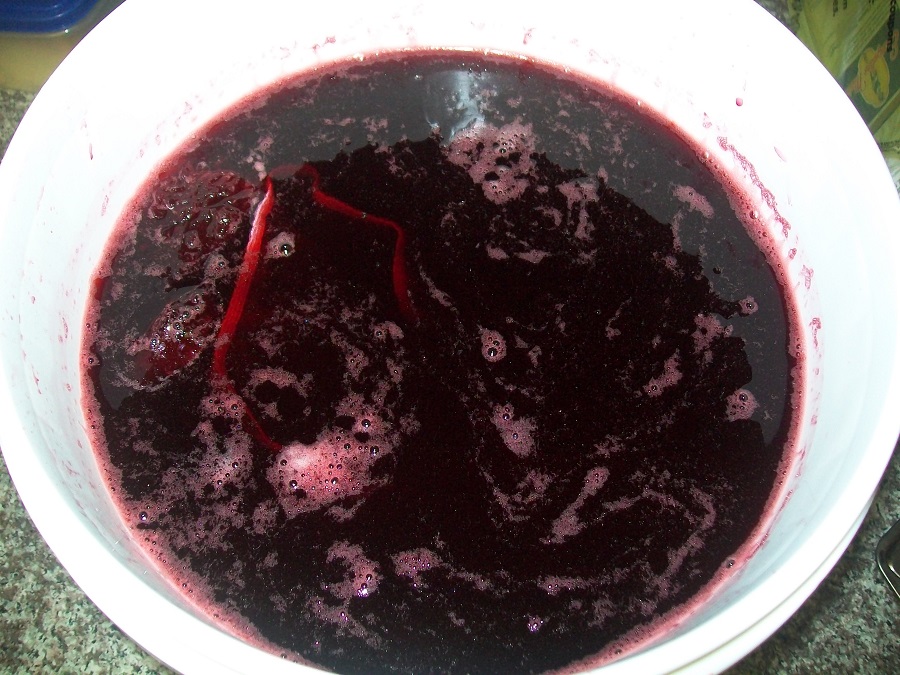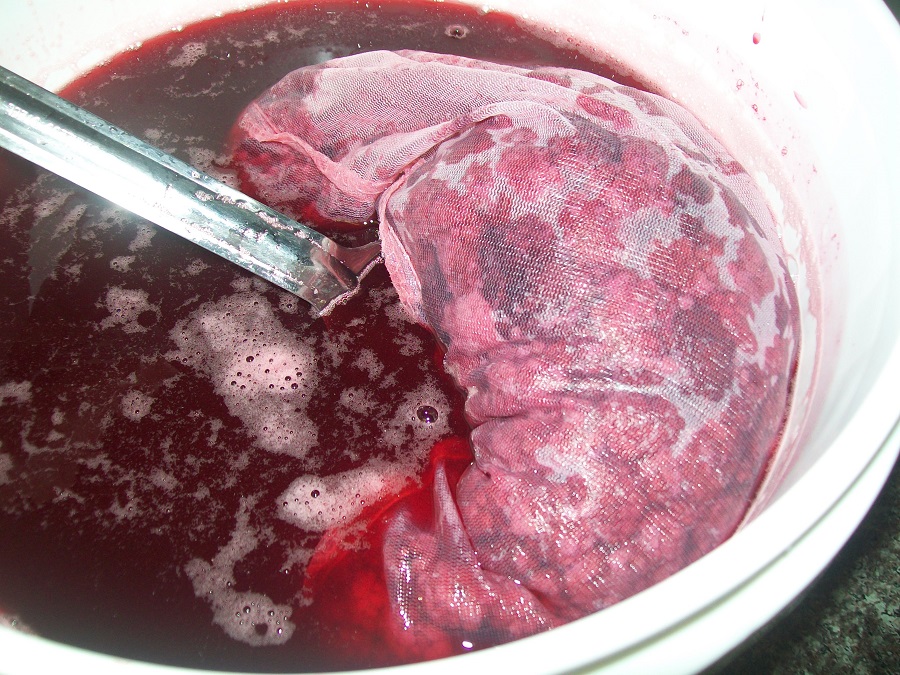Well chicken v egg appears to be an ongoing question.
While your blackberries are thawing you could have added it and that would have met the criteria about using at cooler temperatures. I have both liquid and powdered PE and they both work well. Note that the comment by Keller is that K-Meta would "retard" the action. Point is that the PE being in there already means you aren't going to forget it and I've had my fruit easily take 24 hours to fully thaw out. With the PE in there from the gitgo it's able to work on that fruit as soon as conditions permit. You don't have to guess when those conditions are met.
AND just to overwhelm you with info - Here are portions of articles on using Pectic Enzyme. (PE) As these show there are some differences of opinion on the use of PE. None actually say that using it before or with K-Meta will make it ineffective - Slow it down (retard it) but not prevent it from working.
https://blog.eckraus.com/when-to-add-pectic-enzyme-for-wine (Seller of many wine making supplies) When To Add Pectic Enzyme To Your Wine?
As for winemaking, the optimum time to add pectic enzyme is right after crushing the fruit and before pressing. By breaking down the pectin cells at this stage, you are allowing more juice to release from the fruit’s fiber – a good thing for making wine. If you are not the one doing the crushing and pressing, then the second best time to add pectic enzyme to your wine is at the beginning of the fermentation. This will allow the pectic enzyme to do its thing while the wine fermentation is occurring.
From
https://winemakersacademy.com/pectic-enzymes-wine/ - According to Alison Crowe in The Winemaker’s Answer Book you should not add pectic enzymes within 12 hours of adding sulfur dioxide or bentonite. The sulfur dioxide can reduce the effectiveness of the enzymes. Depending upon your wine making references the jury is still out on whether or not this is true. Some wine makers believe that there are no problems when adding both at the same time. Personally, I trust Ms. Crowe and will heed her warnings until I am convinced it is safe.
The effectiveness of pectic enzyme is impacted by both alcohol concentration and the temperature of the wine. High alcohol levels and low temperatures each negatively impact the enzymes ability to break down pectin.
From
https://www.piwine.com/media/home-wine-making-basics/using-pectic-enzymes.pdf -
7. Enzyme activity will increase with levels of use or with increases in temperature. A rule of thumb is that you double the activity with every 10oF increase in temperature (at least up to the point where the enzymes are inactivated in the 120oF to 130oF range) and doubling of the amount of enzymes used.
8.At the lower end of the temperature range you need more time to get clarity and get little help when you are below 30oF. American Tartaric claims that the powdered formsmay be slightly faster at temperatures, because the liquids may gel a bit when added to cold liquids; however they think that the difference may not be significant.
9.We have been unable to find any relevant research on whether you should avoid using enzymes when you have very greenish tannins. We have some concern about extracting more green tannins, but don’t have enough evidence to be sure of the effects. 10.Most enzymes will work over the range of pH2.5 to pH5.5 and are not inhibited by sulfur dioxide levels normally found in wines.
10.Most enzymes will work over the range of pH2.5 to pH5.5 and are not inhibited by sulfur dioxide levels normally found in wines.
From
https://winemakermag.com/article/using-pectic-enzymes
Additions for this purpose should be made at the crusher prior to fermentation according to the manufacturer’s instructions. Adding pectinase prior to the start of fermentation allows it more time to break down the pectin as the juice ferments. If you have not added any enzyme to your juice or discover your fermented wine is cloudy then go ahead and add it after fermentation.
Because enzymes are proteins, they react with bentonite. For this reason, you should wait at least 24 hours after adding pectic enzymes before adding bentonite.
Ideally, pectinases should be added in temperatures of at least 80 °F (27 °C) to be most effective. It can be added at lower temperatures, but this will slow the time it takes to react. Temperatures too warm or too cold can inhibit enzymatic activity, as can too high of an alcohol content.
Pectic enzymes are available at most winemaking and homebrewing retailers in liquid or powder forms. Both work the same way, but follow the instruction about how much and how it should be added. The powder version must be dissolved in cool water before it is added to the juice or wine, while liquid enzymes can be added directly. [Pectinase is a refined version of Pectic Enzyme]
(There is obviously more to the PIWINE article and the others but these snippets should give you an idea about the various opinions on Pectic Enzyme use.)








